Prada S/S 14 - Milan
-
hello 2025!
supertalk is free to browse as a guest. You need to be a member to participate in discussions or buy and sell on the classifieds.
Classifieds listings are now free for members.
supertalk is now upgraded to //// supertalk 8 ////
______________________________________
Current new membership is $US 12 ONE TIME FEE. NO RENEWAL FEE.
______________________________________
You can also become a premium superseller or supermember. Businesses who want to promote their brand and products need to become a supersponsor. superfuture® is privately owned and has been online continuously for 26 years. supertalk has been online for 21 years and is a digital cockroach that will survive all current and future apocalypses.
-
Similar Content
-
- 16 replies
- 4607 views
-
- 0 replies
- 1937 views
-
- 4 replies
- 3559 views
-
- 4 replies
- 3541 views
-
[Moving Sale] Dior Homme, Balmain, Louboutin, Thom Browne, Givenchy, MMM, APC, Vivienne Westwood, LUC, Viridi-anne, LV, Burberry, Prada, etc
By mixmaster7_91,
- Balmain
- Thom Browne
- (and 6 more)
- 21 replies
- 8071 views
-
-
Top 10 Active Viewed Topics
-
- 24431 replies
- 6941246 views
-
- 26784 replies
- 6451023 views
-
- 24770 replies
- 4788205 views
-
- 23118 replies
- 3901963 views
-
- 14067 replies
- 3747091 views
-
- 10651 replies
- 3303913 views
-
- 21292 replies
- 3135466 views
-
- 13320 replies
- 2970649 views
-
- 11653 replies
- 2728292 views
-
- 8534 replies
- 2647915 views
-

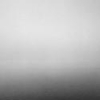
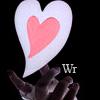
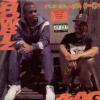
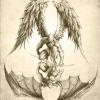


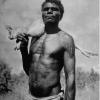
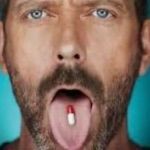
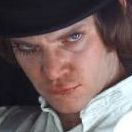

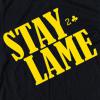



Recommended Posts
Join the conversation
You can post now and register later. If you have an account, sign in now to post with your account.